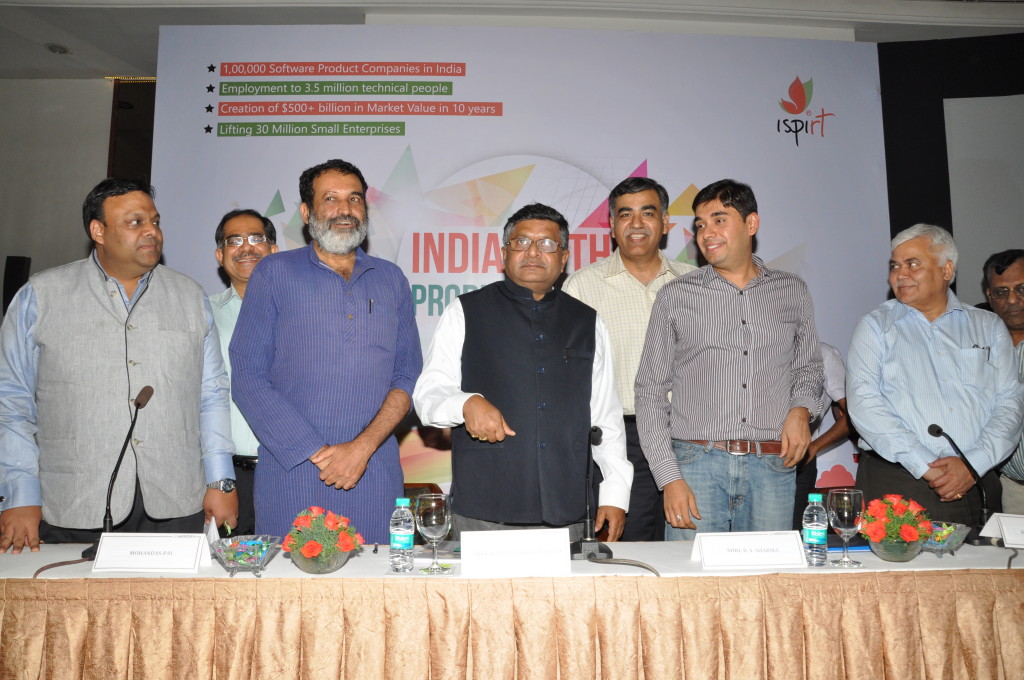India is one of the first nations in the world to kick off Open APIs for consented financial data sharing. And nobody’s heard about it!
Dear Kickass Financial Product Managers and (current & future) Fintech Entrepreneurs,
Amidst the usual flurry of sensational headlines, you may have missed a quiet announcement a few weeks ago that marked a monumental shift: RBI became the first central bank globally to publish a common technology framework – including detailed APIs – for consent driven data sharing across the entire financial sector (banking, insurance, securities, and investment).
This is a gamechanger for the industry.
Out of context, yet another circular with a good deal of jargon is an easy thing to gloss over. But it turns out this effort is actually a global first: although the UK, EU, Bank of International Settlements (BIS), Canada, and others have begun thoughtful public conversations around Open Banking (e.g. through that famous BIS report making the case, initiatives like PSD2, conferences, and various committees), India is one of the first nations in the world to actually make it a market reality by publishing detailed technical API standards — standards that are quickly being adopted by major banks and others across the financial sector in the country without a mandatory requirement from RBI. It’s not just the supposedly cutting edge banks of Switzerland, the UK, or the US driving fintech innovation: the top leadership of our very own SBI, ICICI, IDFC First, Bajaj Finserv, Kotak, Axis, and other household names have recognised that this is the way forward for the industry, and are breaking through new global frontiers by actually operationalising the powerful interoperable technology framework. Not only are they adopting the APIs, some are also starting to think through the new lending and advisory use cases and products made possible by the infrastructure. We think many new fintech startups should also be considering doing the same.
Why do the APIs Matter?
The world is focusing heavily on data protection and privacy – and rightly so. Securing data with appropriate access controls and preventing unauthorised third-party sharing is critical to protecting individual privacy. But to a typical MSME, portability and control of their data is just as critical as data security to empower them with access to a stream of new and tailored financial products and services. For instance, if an MSME owner could share trusted proof of their business’ regular historic GST payments or receivables invoices digitally with ease, a bank could now offer regular small ticket working capital loans based on demonstrated ability to repay (known as Flow-based lending) rather than just loans backed on collateral. Data sharing can become a tool for individual empowerment and prosperity by enabling many such innovative new solutions.
Operationalising a seamless and secure means to share data across different types of financial institutions – banks, NBFCs, mutual funds, insurance companies, or brokers – requires a common technology framework for data sharing. The published APIs create interoperable public infrastructure (a standard ‘rails’) to be used for consented data sharing across all types of financial institutions. This means that once a bank plugs into the network as an information provider, entities with new use cases can plug in as users of that data without individually integrating with each bank. Naturally, the system is designed such that data sharing occurs only with the data owner’s consent — to ensure that data is used primarily to empower the individual or small business. The MeiTY Consent Framework provides a machine-readable standard for obtaining consent to share data. This consent standard is based on an open standard, revocable, granular (referring to a specific set of data), auditable, and secure. Programmable consent of this form is the natural next innovation of the long terms and conditions legalese that apps typically rely on. RBI has also announced a new type of NBFC – the Account Aggregator – to serve as a consent dashboard for users, and seven new AAs already have in principle licenses.
The Data Empowerment and Protection Architecture (DEPA) – in one image
In many other nations, market players have either not been able to come together to agree on a common technical standard for APIs, or have not been able to kick off its adoption across multiple competing banks at scale and speed. In countries like the US, data sharing was enabled only through proprietary rails – private companies took the initiative to design their own infrastructure for data sharing which end up restricting players like yourselves from innovating to design new products and services which could benefit people on top of the infra.
What other kinds of innovative products and services could you build?
Think of the impact that access to the Google Maps APIs allowed: without them, we would never have seen startups like Uber or Airbnb come to life. Building these consented data sharing APIs as a public good allows an explosion of fintech innovation, in areas such as:
- New types of tailored flow-based lending products that provide regular, sachet sized loans to different target groups based on GST or other invoices (as described above).
- New personal financial management apps which could help consumers make decisions on different financial institutions and products (savings, credit, insurance, etc.) based on historic data and future projections. This could also branch out into improved wealth management or Robo advisory.
- Applications that allow individuals to share evidence of financial status (for instance, for a credit card or visa application) without sharing a complete detailed bank statement history of every transaction
…and many others, such as that germ of an idea that’s possibly started taking shape in your mind as you were reading.
In summary
This ecosystem is where UPI was in mid-2016: with firm, interdepartmental, and long term regulatory backing, and at the cusp of operationally taking off. UPI taught us that those who make a bet on the future, build and test early (PhonePe and Google were both at the first ever UPI hackathon!), and are agile enough to thrive in an evolving landscape end up reaping significant rewards. And just as with UPI, our financial sector regulators are to be lauded for thinking proactively and years ahead by building the right public infrastructure for data sharing. RBI’s planning for this began back in 2015! They have now passed the innovation baton onto you — and we, for one, have ambitious expectations.
With warmest regards,
iSPIRT Foundation
I’m Pinging A Few Whatsapp Groups Now, What Else Should I Send Them To Read?
- RBI circular: https://www.rbi.org.in/Scripts/NotificationUser.aspx?Id=11729&Mode=0
- ReBIT APIs: https://api.rebit.org.in/
- Sahamati’s resources for Innovators in the AA Ecosystem: https://sahamati.org.in/account-aggregator-key-resources/
- MSME Committee Report (highlighting flow-based lending): https://www.rbi.org.in/Scripts/PublicationReportDetails.aspx?UrlPage=&ID=924
- MeitY Electronic Consent Framework: http://dla.gov.in/sites/default/files/pdf/MeitY-Consent-Tech-Framework%20v1.1.pdf
For any further questions or queries, please reach out to kamya@ispirt.in and sid@ispirt.in






